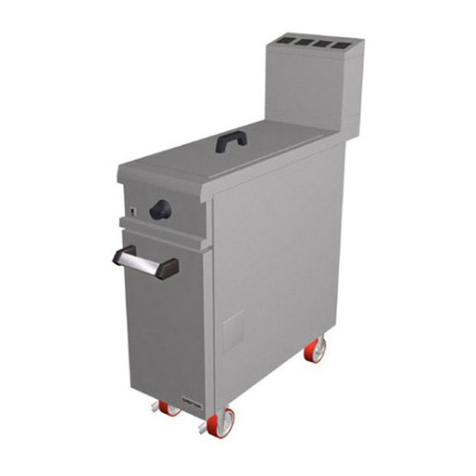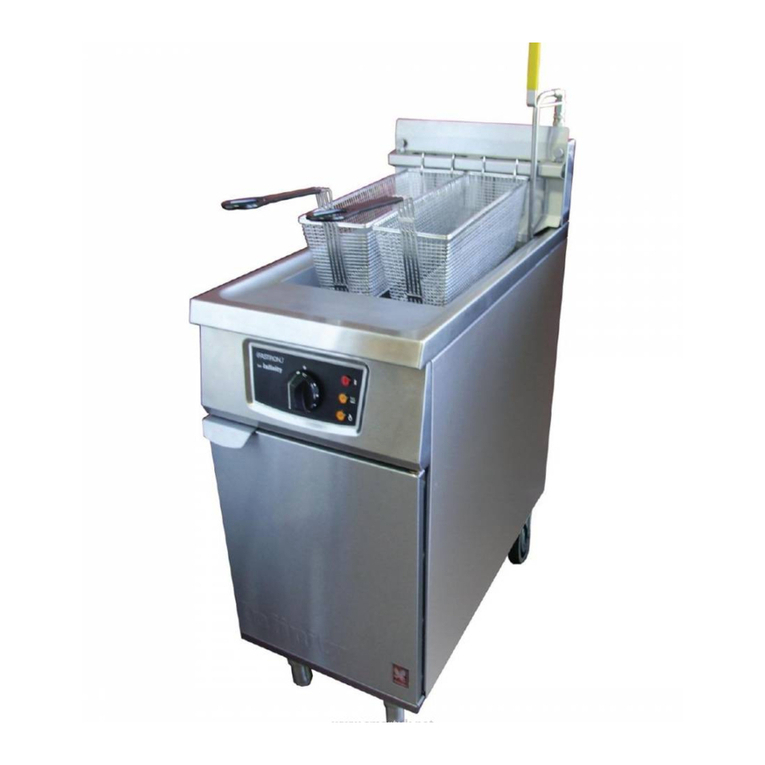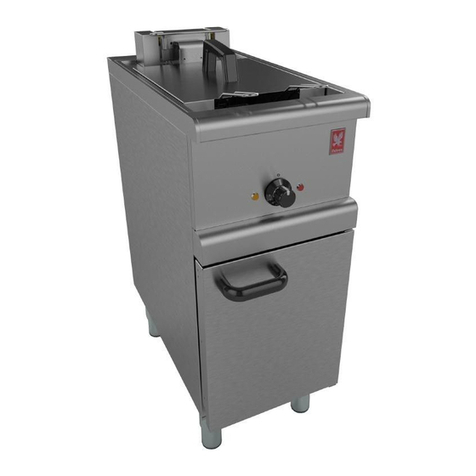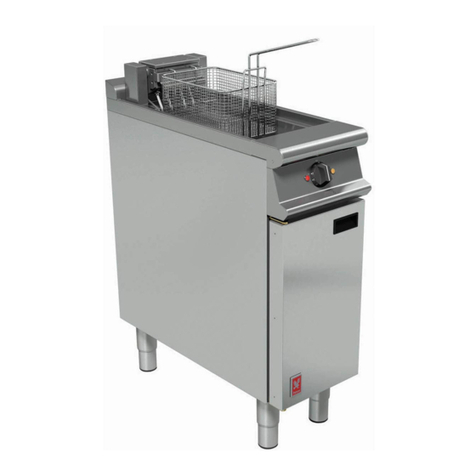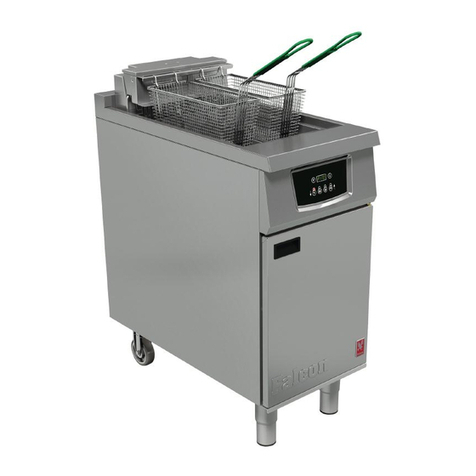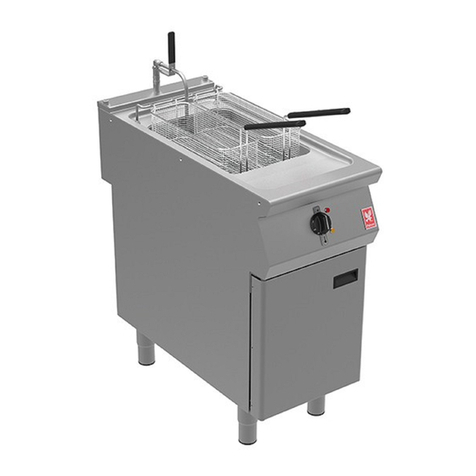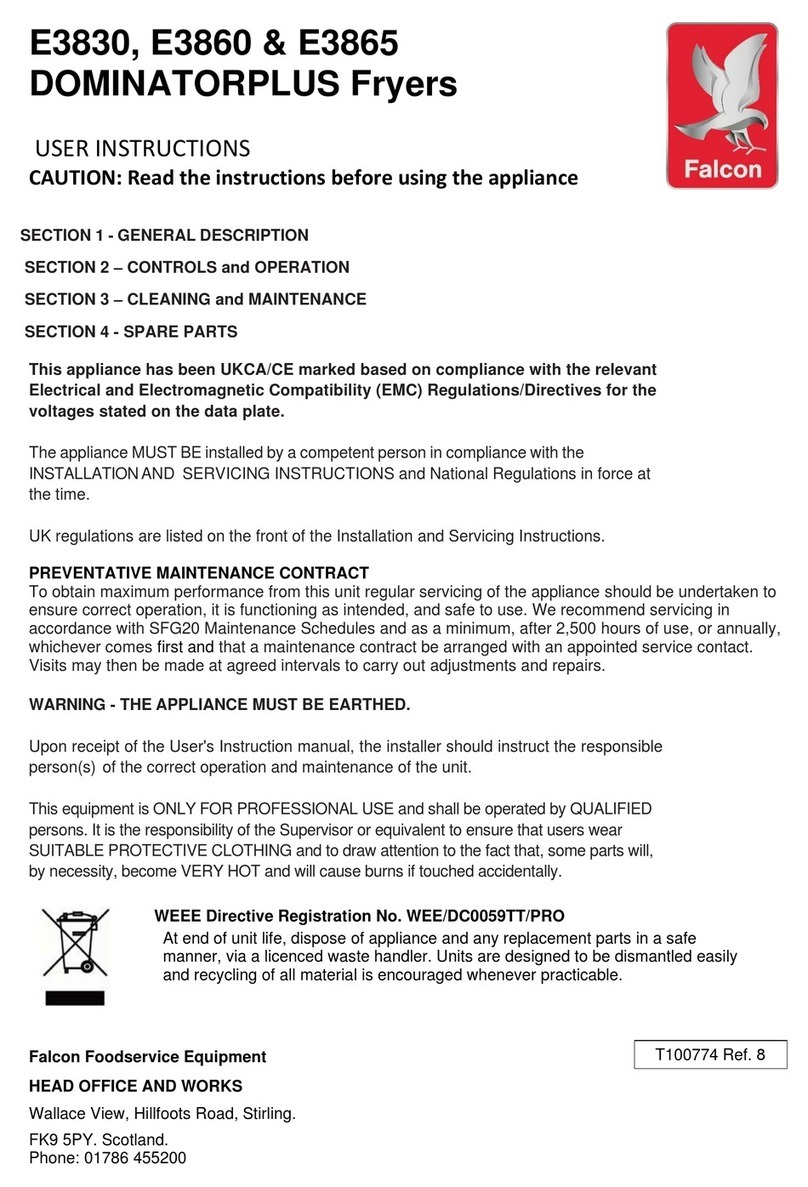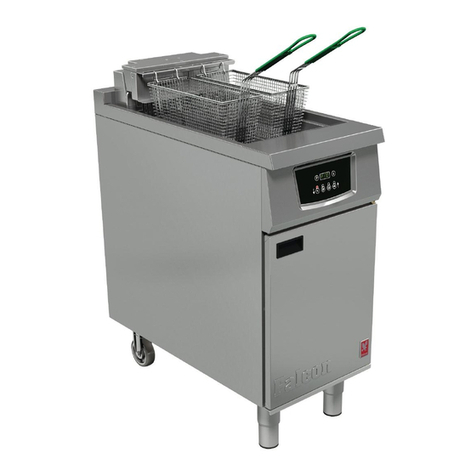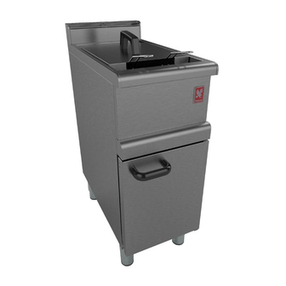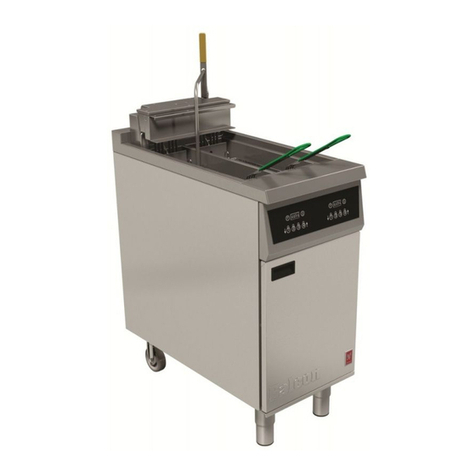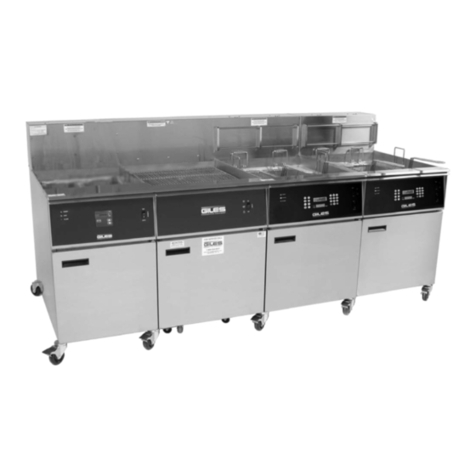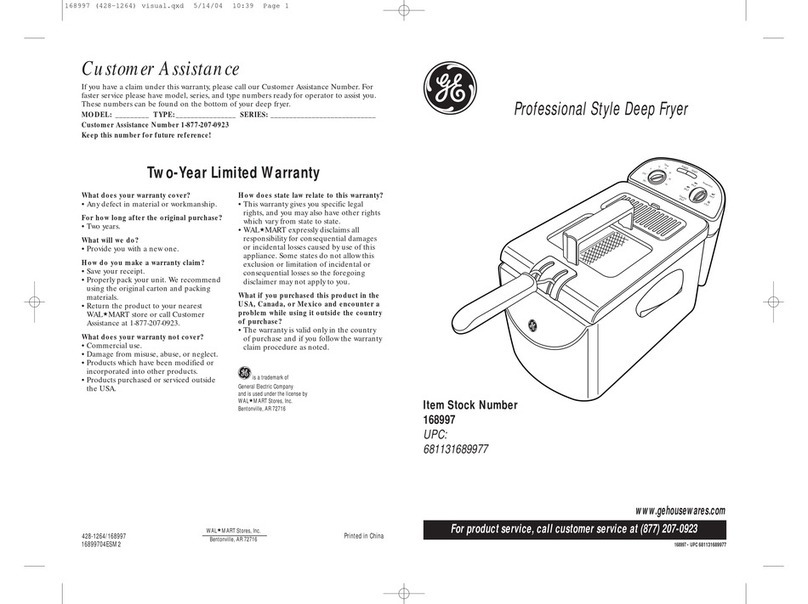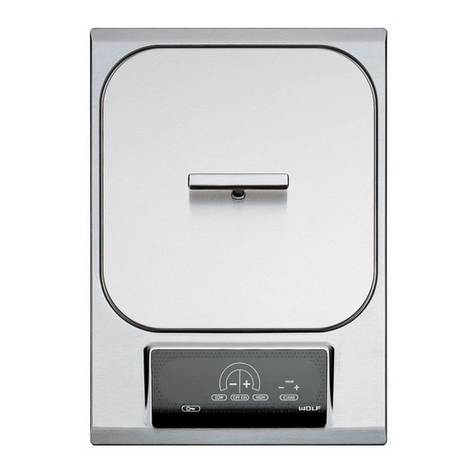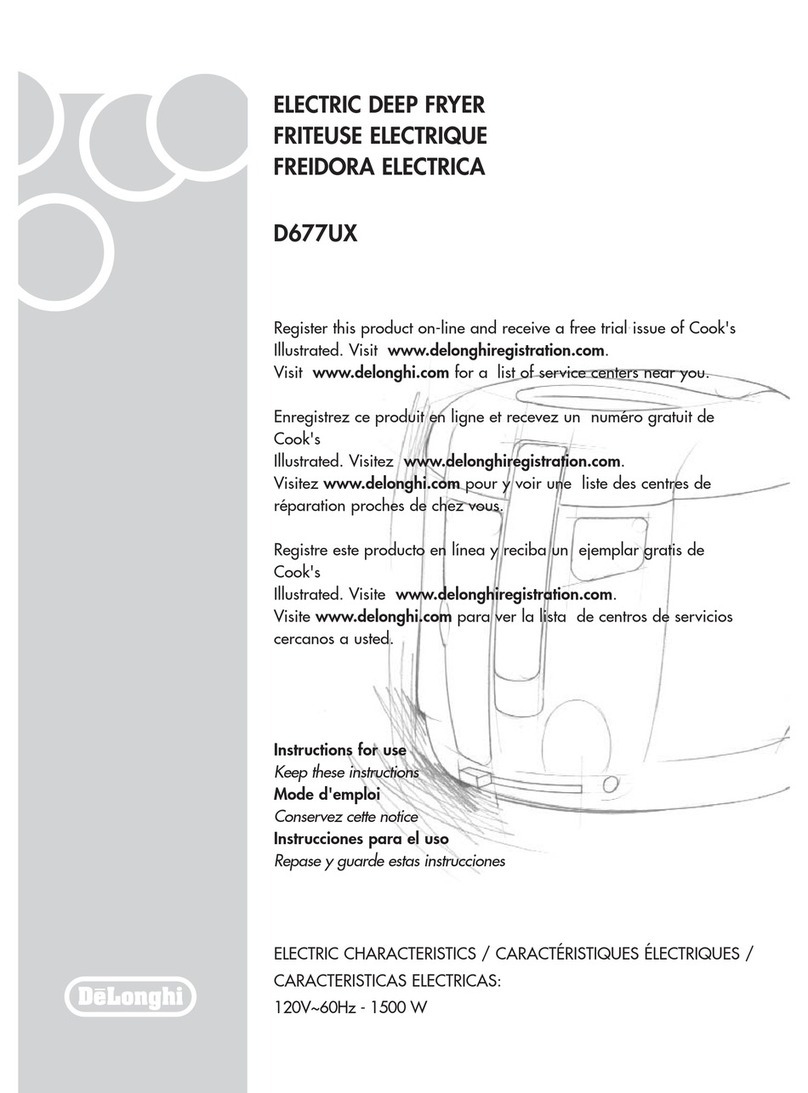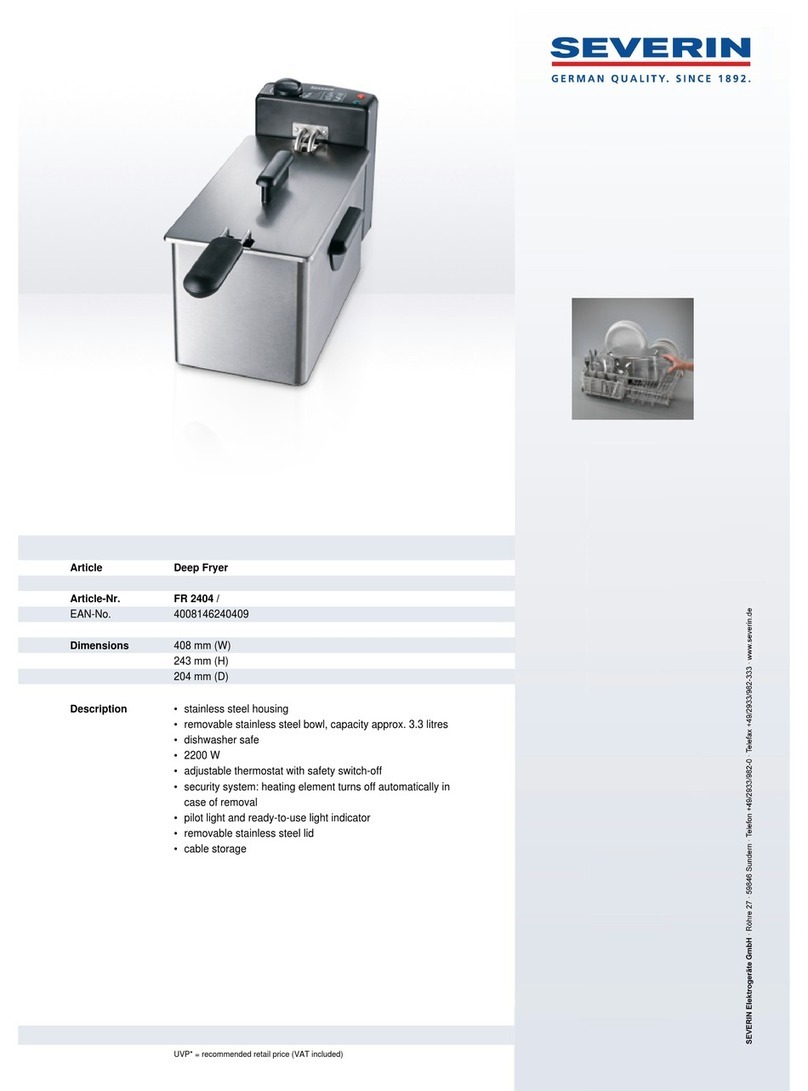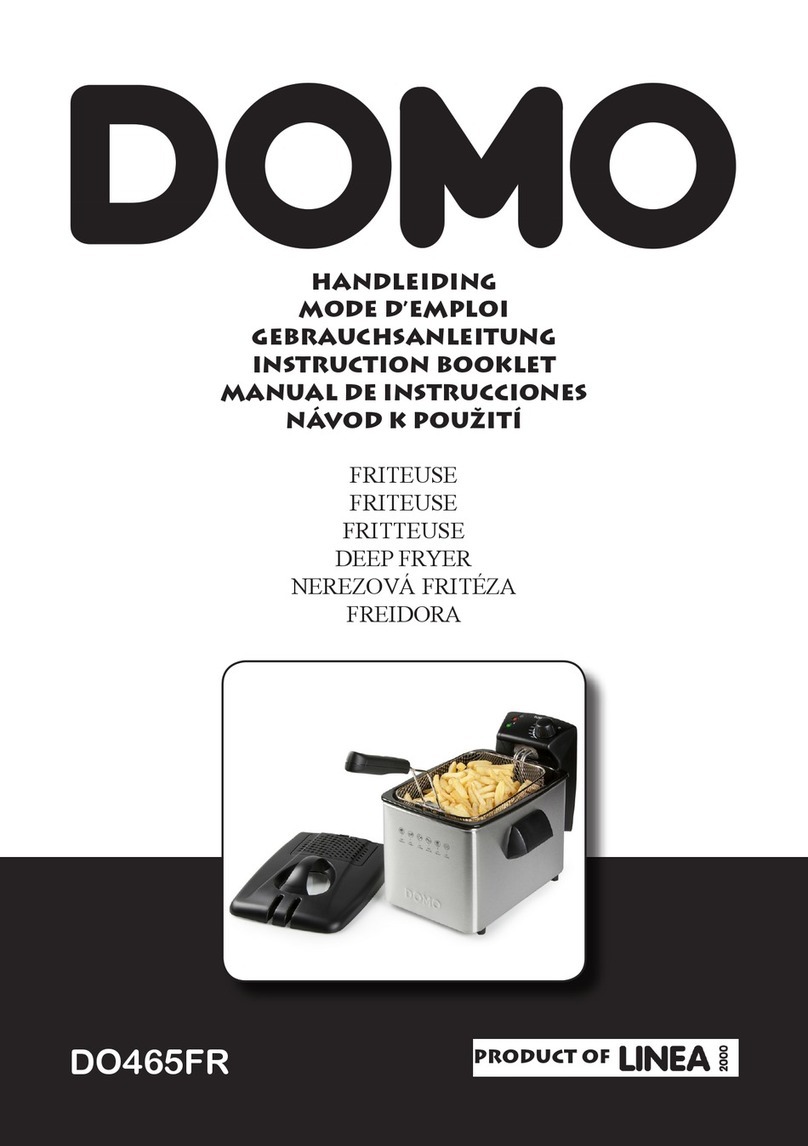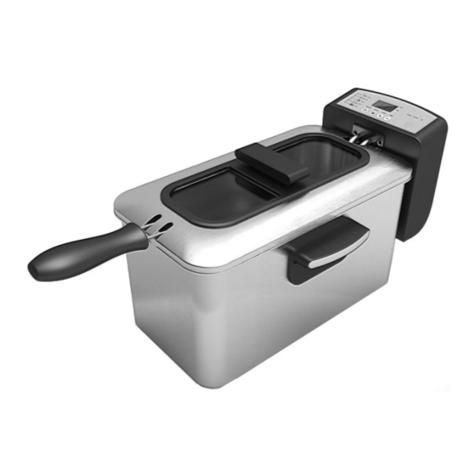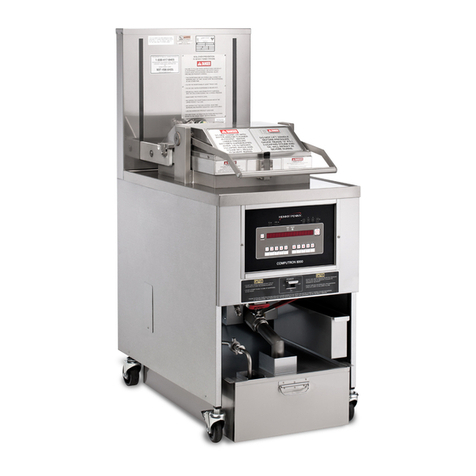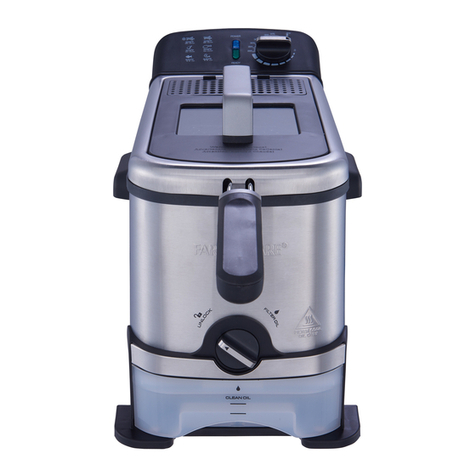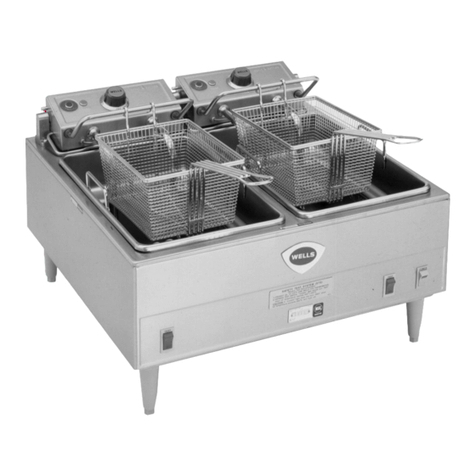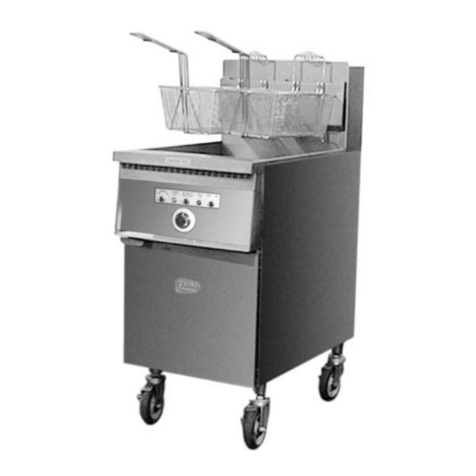4
CONTENTS
1.0 INSTALLATION........................................................................................................................................................6
1.1 MODEL NUMBERS, NETT WEIGHTS & DIMENSIONS..........................................................................................6
1.2 SITING.................................................................................................................................................................6
1.2.1 Anti-tipping Kit.........................................................................................................................6
1.2.2 Clearances.............................................................................................................................. 7
1.3 VENTILATION......................................................................................................................................................7
1.4 GAS SUPPLY (All Models) ...................................................................................................................................7
1.5 ELECTRICAL SUPPLY............................................................................................................................................8
1.6
TOTAL RATED HEAT INPUTS...............................................................................................................................9
1.7 INJECTOR SIZES ..................................................................................................................................................9
2.0 ASSEMBLY and COMMISSIONING..........................................................................................................................9
2.1 ASSEMBLY ..........................................................................................................................................................9
2.2 CONNECTION TO A GAS SUPPLY........................................................................................................................9
2.3 CONNECTION TO AN ELECTRICAL SUPPLY .......................................................................................................10
2.4 STARTING UP....................................................................................................................................................10
2.4.1 G3840/F Fryer Control Panel (See Figure 2).........................................................................10
2.4.2 G3840X/G3840FX Fryer Control Panel (See Figure 3)..........................................................11
2.4.3 G3840 & G3840F - Additional Controls - (See Figure 4)........................................................11
2.4.4 G3840 and G3840F Controller Diagnostic
Indicators............................................................. 12
2.5 PRE-COMMISSIONING CHECK..........................................................................................................................12
2.5.1 Checking Controller Operation ..............................................................................................13
2.5.2 Checking Oil Filtration Pump................................................................................................. 13
2.6 TEMPERATURE LIMIT THERMOSTAT................................................................................................................13
2.7 OIL LEVEL SENSOR (G3840X/G3840FX only)....................................................................................................13
2.8 INSTRUCTION TO USER ....................................................................................................................................13
3.0 SERVICING AND CONVERSION .............................................................................................................................14
3.1 GAS CONVERSION ............................................................................................................................................15
3.2 INTEGRAL COMPONENTS.................................................................................................................................15
3.3 ACCESS PROCEDURES.......................................................................................................................................15
3.4 GAS CONTROL VALVE.......................................................................................................................................15
3.5 PILOT/IGNITER/SENSOR ASSEMBLY.................................................................................................................15
3.6 BURNER............................................................................................................................................................16
3.7 BURNER RESET SWITCH, ON/OFF SWITCH
and FILTRATION PUMP SWITCH...................................................16
3.8 BURNER LOCK OUT NEON................................................................................................................................16
3.9 OPERATING THERMOSTAT (Thermistor) PROBE..............................................................................................16
3.10 TEMPERATURE PCBCONTROLLER (Operating Thermostat Board) ...................................................................16
3.11 MAINS ON and HEAT DEMAND NEONS............................................................................................................17
3.12 DRAIN VALVE....................................................................................................................................................17
3.13 FILTRATION PUMP ...........................................................................................................................................17
3.14 IGNITION CONTROL BOX..................................................................................................................................17
3.15 TEMPERATURE LIMIT THERMOSTAT................................................................................................................17
